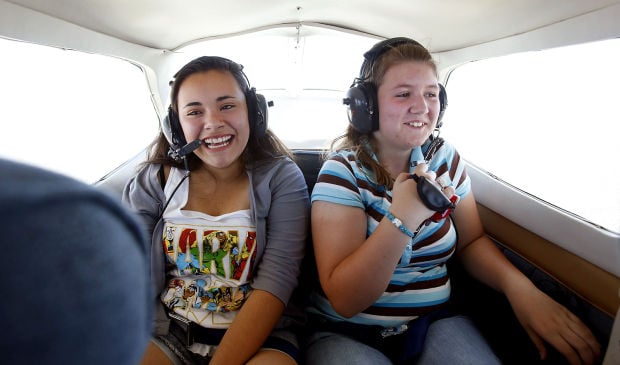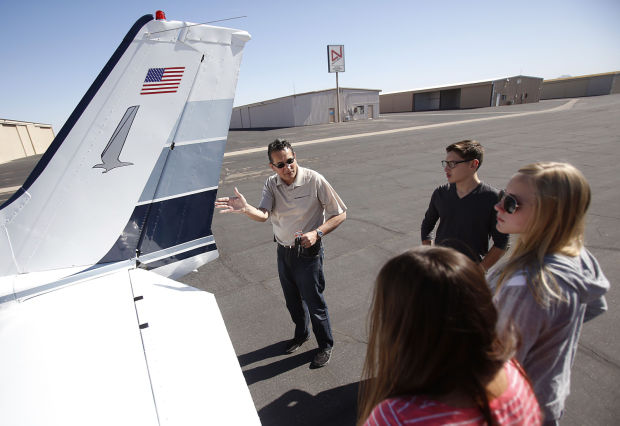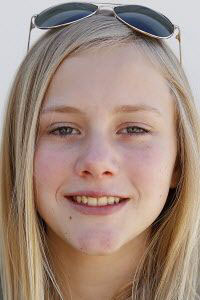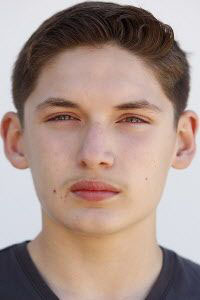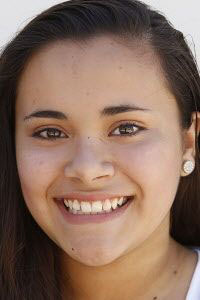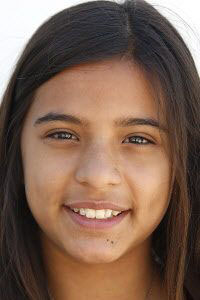Students from Amphitheater Middle School got to fly high over Marana Saturday as a reward for excelling in the classroom.
The 12- and 13-year-olds are part of teacher Scott Weiler‘s engineering and robotics class and they designed unmanned aerial vehicles (UAVs) — or drones — as a special class project.
It was part of the Tucson-based nonprofit Champions for Change, which matches classrooms with partners in the business and nonprofit communities to engage students in science, technology, engineering and math professions by giving them hands-on experiences, said Dina Delaney, program director.
It is the second year Weiler’s class was partnered with Tucson-based Universal Avionics.
“The kids get to meet these professionals working on projects together. It has an impact, putting a face to a career,” Delaney said.
Last year Weiler’s sixth-, seventh- and eighth-grade students worked with Universal Avionics engineers to design airports. This year they designed drones.
Students learned about payloads, weight, power, distance, speed and balance, then the teams incorporated the elements to create realistic models of UAVs. As part of the research for their designs, students spent a month taking test flights over Tucson from their classroom, using donated flight simulators.
Once they completed their designs, each team presented their model to a panel of engineers from Universal Avionics.
“The engineers gave them a grilling session,” and the students held their own, Weiler said.
Five students — Brooklynn Cotlow, 13; Mikayla Pasqualone, 12; Joscelin Peralta, 13; Julio Zamorano, 13; and Emmalynne Smith, 12 — took turns flying out of Marana Regional Airport Saturday in a four-seater Cessna piloted by Universal Avionics CEO Paul DeHerrera. Four other students couldn’t make the trip.
DeHerrera said he was about the same age as the students when his interest in aviation was sparked by an airplane salesman who invited him and a friend to check out the cockpit of a showroom model.
“We need more young pilots,” he said. Students “just need the exposure and a chance at it.”
The drone projects presented to DeHerrera’s engineers had a variety of uses, including several that involved food delivery systems.
“The one that made me laugh was, they designed a UAV and used it for some military purpose and in its spare time it was going to deliver pizzas,” he said.
Others UAVs had more serious applications.
The drone devised by Brooklynn Cotlow and Joscelin Peralta was designed to swoop down and collect soil or water samples. And the UAV fashioned by a team that included Mikayla Pasqualone and Emmalynne Smith was camouflaged as a rock and intended to be a search-and-rescue tool, complete with listening capabilities and infrared cameras.
“It’s been incredibly successful. The kids all feel like they get something out of it. It was meaningful and had relevancy,” Weiler said of hands-on projects and the attention given students by the engineers. “I think that means a lot more to the students than just throwing money at them. They are really investing their time.”


